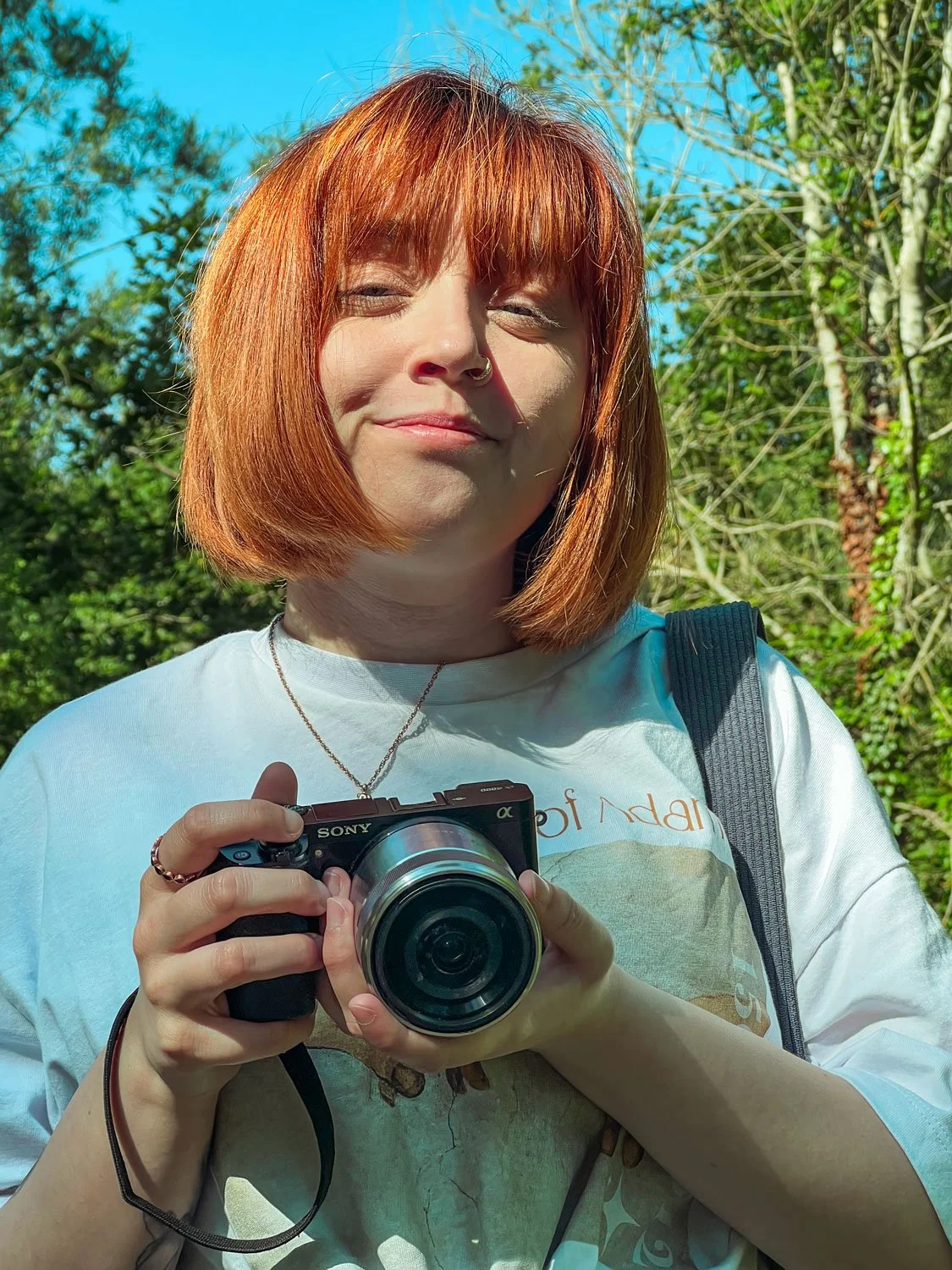
REBEL WITH A CAMERA
“F-Stop Resistance. Exposure Tactics. The Guerrilla Babs.”
This is where my camera becomes protest. Rebel With a Camera documents anti-gentrification stories, decaying spaces, and the slow erosion of community. I shoot streets like they're under siege — because they are. Each frame is both archive and resistance.
Photography isn’t passive. It’s a weapon. Use it.
This is where my camera becomes protest.
Rebel With a Camera isn’t about vanishing buildings — it’s about the people they tried to vanish with them. This project centres those left behind, overlooked, or deliberately erased by gentrification, austerity, and urban neglect. It’s not just the decaying bricks I care about — it’s the stories of who lived behind them, who got pushed out, and who’s still fighting to stay.
Where The Birmingham Archive Project maps the physical erosion of place, Rebel With a Camera captures the human cost. These are portraits of resilience: street traders, youth workers, displaced artists, local organisers — anyone holding the line as their postcodes are rebranded, rezoned, and repackaged for someone else.
Portraiture becomes protest. A raised eyebrow, a stubborn stare, a quiet refusal to disappear — every frame is resistance. Every face says: we were here.
While gentrification often gets illustrated through scaffolding, cranes, and sterile architectural renders, Rebel With a Camera avoids the skyline. This isn’t about the buildings — it’s about what gets displaced inside them. From portraits of evicted tenants to still life scenes of abandoned rooms, this series captures the domestic fallout and human echoes left behind by “regeneration.” It’s about the textures of loss — the tea-stained mug on a windowsill, the fraying curtain, the expression on a face mid-sentence. If Birmingham Archive records the shell, this project tells you who once called it home.
Causes - Community in action
Keepers of the Block
Portraits and visual stories of those who refuse to be erased. Community campaigns, protest banners, zine-makers, keyholders, and kitchen-table organisers — the ones standing their ground and keeping the neighbourhood’s soul intact.
What Remains
Intimate interior shots — personal spaces made political by their forced abandonment.
Voices Not Rendered
Photo-poetry and interview fragments from residents and workers, often unheard.
Left Behind
Still life images of everyday objects, traces, and forgotten things — quietly resisting erasure.
Memory Rooms
Emotive documentation of dwellings post-moveout, before demolition — full of ghosts.
Eviction Portraits
Stubborn, soulful portraits of those pushed out, holding space with their gaze.
Chloe




